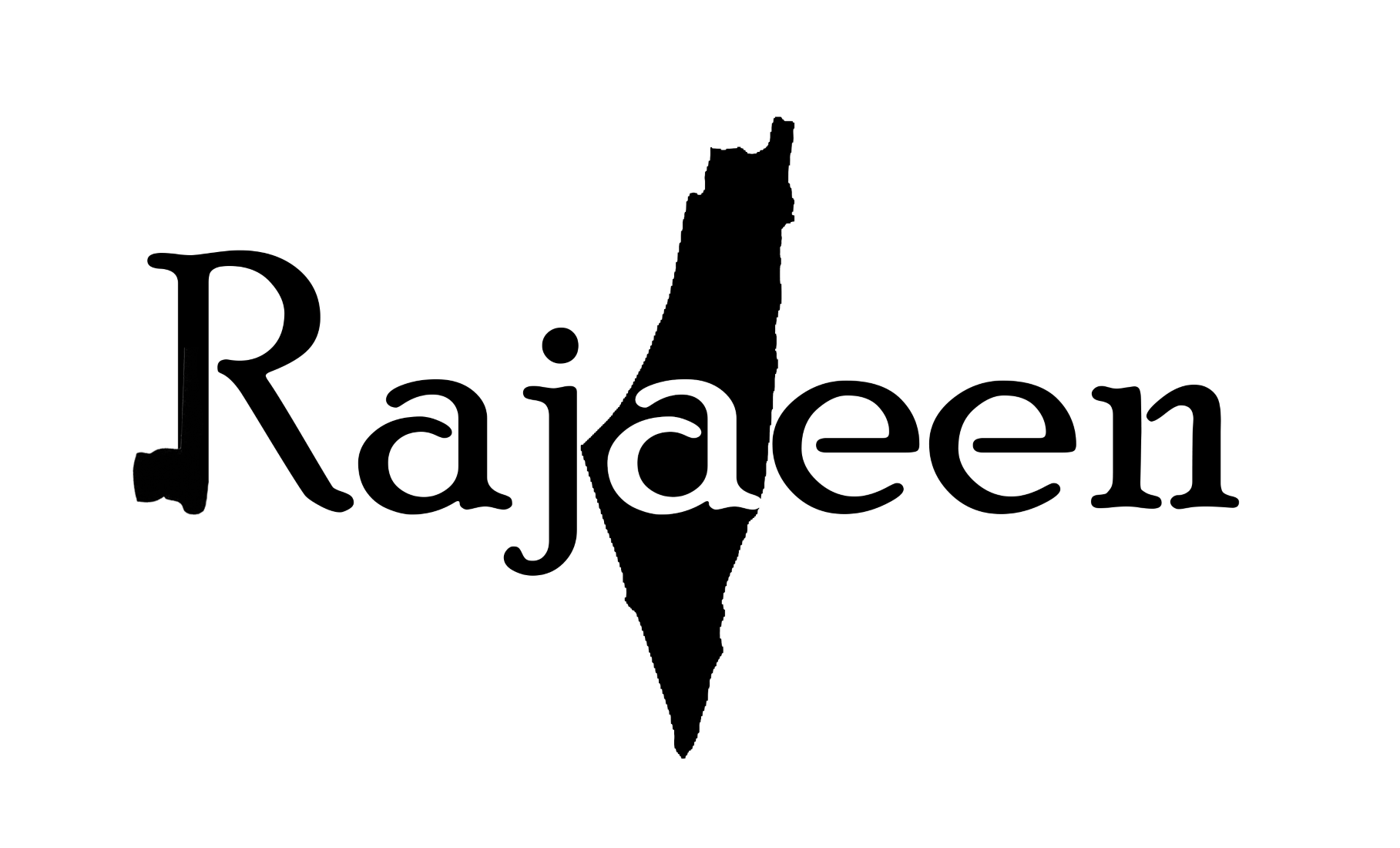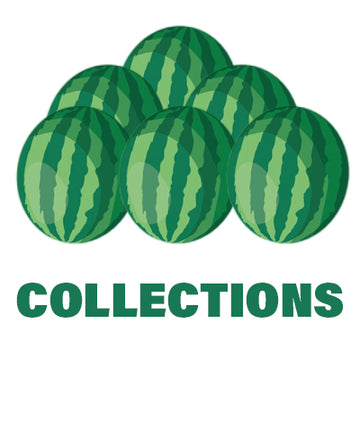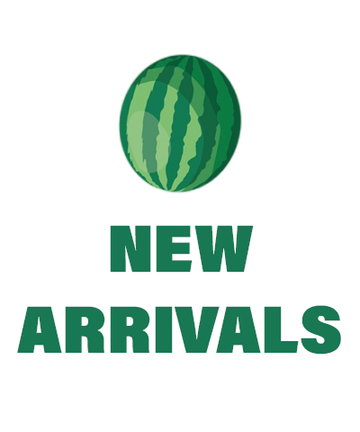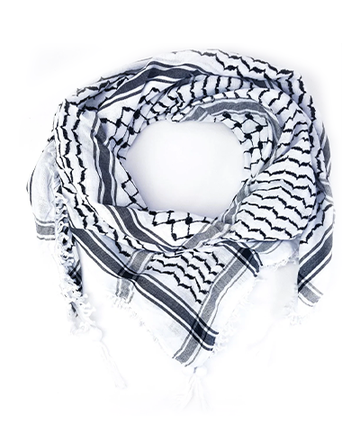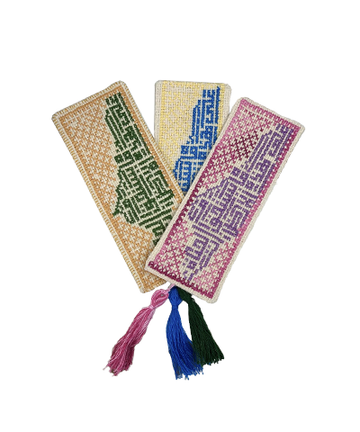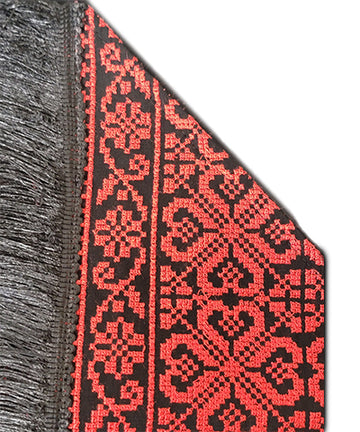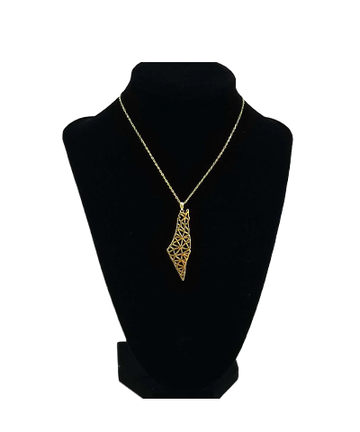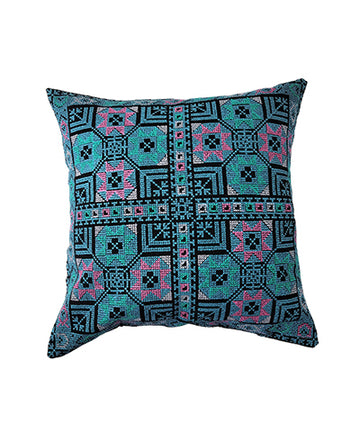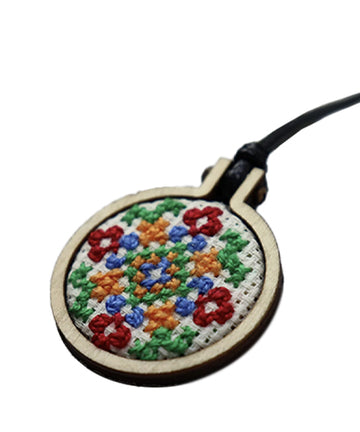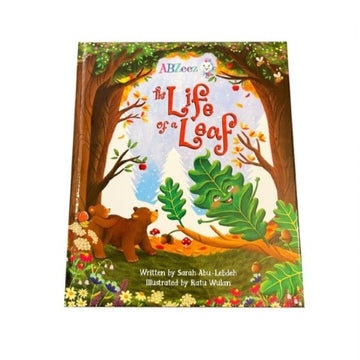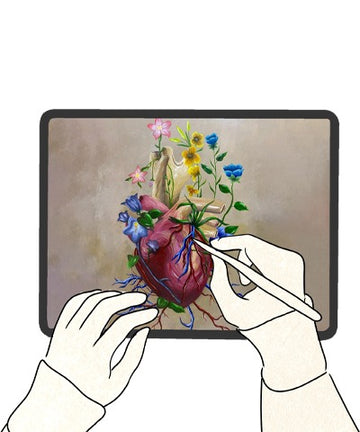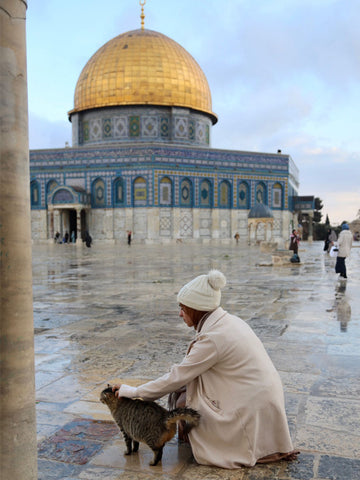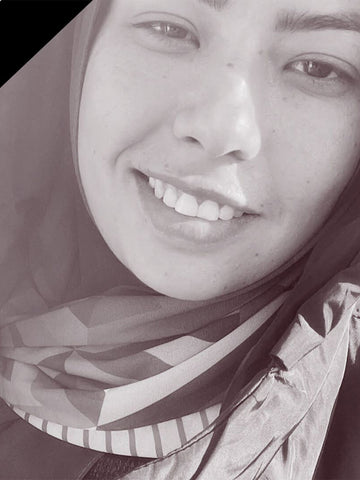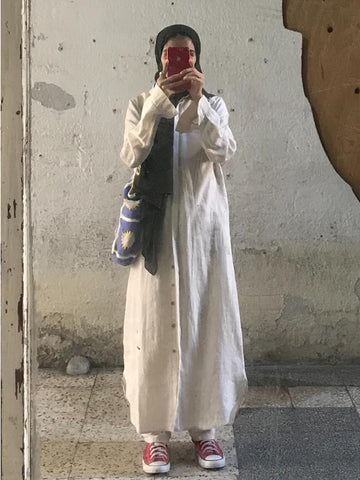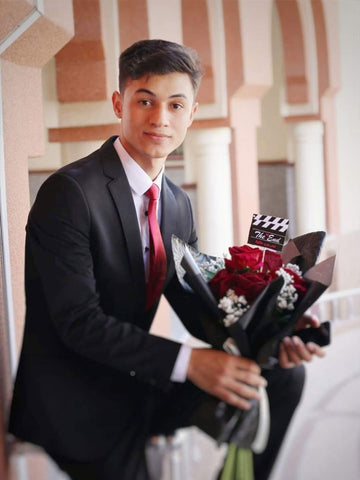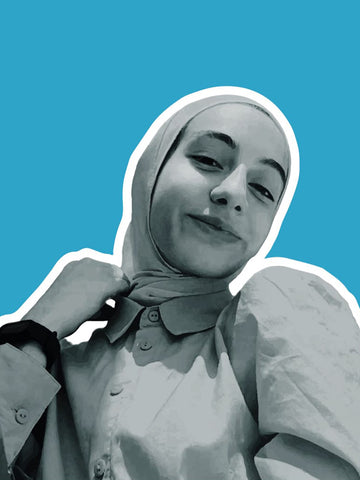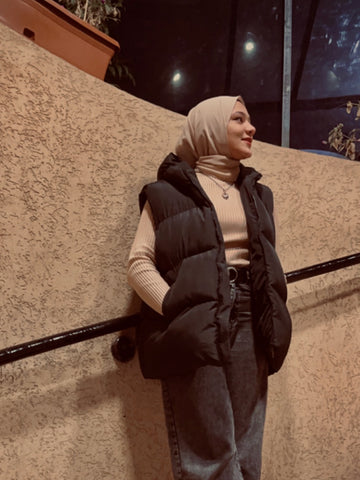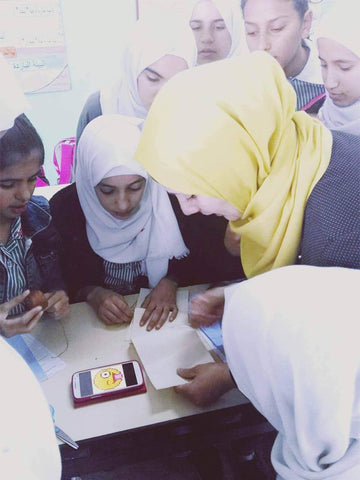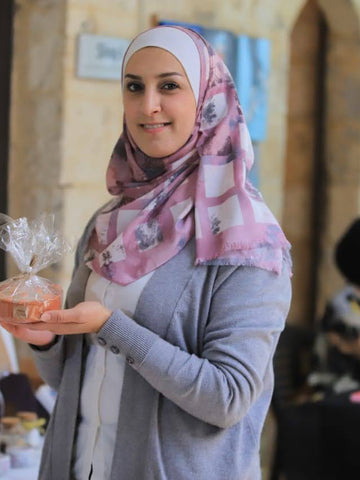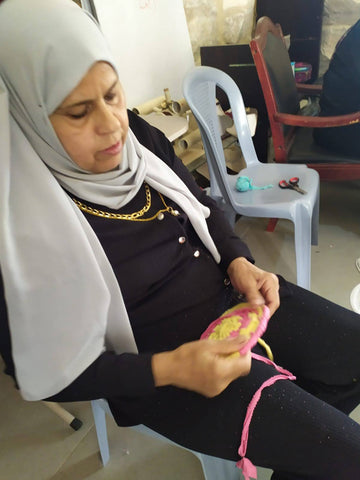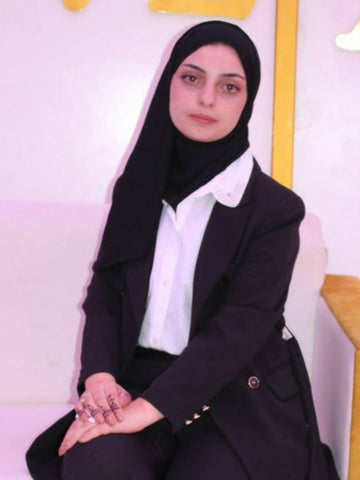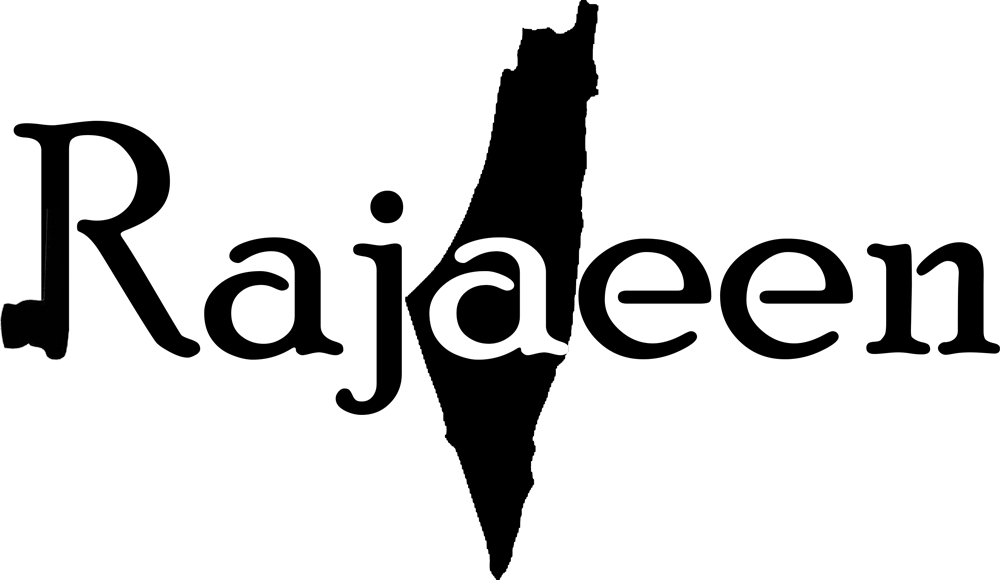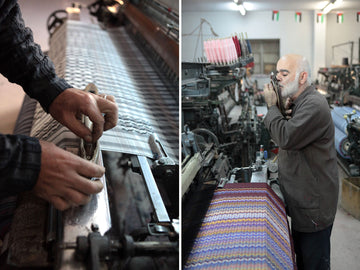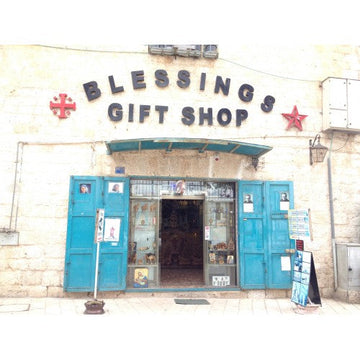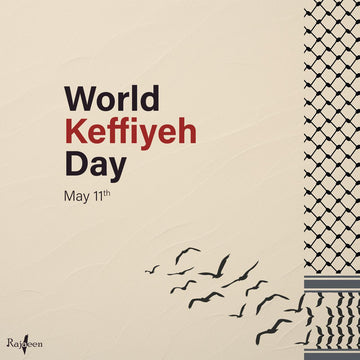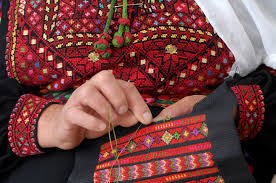
Keffiyeh History
kafiya scarves were made in Jordan and Syria before they were made in Palestine. At the beginning of 1961, Hajj Yasser Al- Hirbawi has been making Palestinian keffiyehs. Back then Al-Hirbawi only had two employees and produced no more than 10 Keffiyehs a day through two primitive weaving machines for weaving and embroidery.Between 1970 – 1980, the Hirbawi family produced only black and white keffiyehs in large quantities, of which about 100,000 keffiyehs were produced a year. Though the Hirbawi family was using looms bought from Japan and were operating them nonstop they weren’t able to meet the market demand.
For more than four decades, the Hirbawi factory had been the only Palestinian manufacturer of keffiyehs. In the ‘90s the Hirbawi Textile Factory had accumulated 16 machines that were producing, around 750 keffiyehs per day. However, 10 years later the Hirbawi factory faced very tough competition from Chinese manufacturers, costing Al-Hirbawi a big market share and financial loss. Due to this financial loss, the Hirbawi factory was only able to operate 2 of the 16 machines that used to work continuously.
With the support of Pro-Palestine that happened, later on, more and more people began to buy Hirbawi’s kufiya to support the authentic Palestinian keffiyeh manufacturer, and enjoy the original, 100% cotton, premium quality Hirbawi’s arabic scarf offer.
"We are making the symbol of Palestine. This scarf is the history and the heritage of our country." – Yasser Hirbawi. 
Keffiyeh Design and colors
The true origin of the Keffiyeh’s pattern is unknown; however, the distinctive standard woven checkered pattern may have originated in an ancient Mesopotamia as a representation of either fishing nets or ears of grain. Some people believe that the Sumerian and Babylonian priests wore it as a symbol of status to distinguish honor or high rank. Nevertheless, there are multiple styles and types of kufiya scarves and many different names. Each one symbolizes a different place or rank.
First, the white-and-black checkered kafiya scarf’s length is 3.3 feet (1 meter) and is the shape of a square. Most commonly worn by men, however, nowadays women also wear it. Some people wear it as a scarf or tie it around their neck, others fold it into a triangle and wear the keffiyeh on the head and secure it with a thick cord that resembles agal.

Second, the shemagh which is the red-and-white checkered scarf has tassels. The tassels’ size indicates how important the person is. The shemagh is more commonly worn in Jordan.

Third, the ghutra which is most common in the Gulf region, especially Saudi Arabia. It is completely white and is folded into a triangle worn on the head and secured with a thick black cord called the Igal.

Kufiya production these days
In the 21st century, Chinese manufacturers started mass producing Keffiyehs, and new colors and styles began to emerge. In Japan, this headdress is being worn as a fashion statement among the youth in Tokyo.
Today, this headdress has become even more popular and is now available in more styles than ever. All around the world people are wearing Keffiyeh as a fashion accessory. Now you can find green Keffiyehs, blue and white Keffiyehs, Green, Yellow, and brown Keffiyehs, and many different colors and shapes like turquoise and petrol blue, pearl grey and lemon yellow, these days the keffiyeh comes in all hues and shades.
Own your Hirbawi Premium Arabic Scarf
